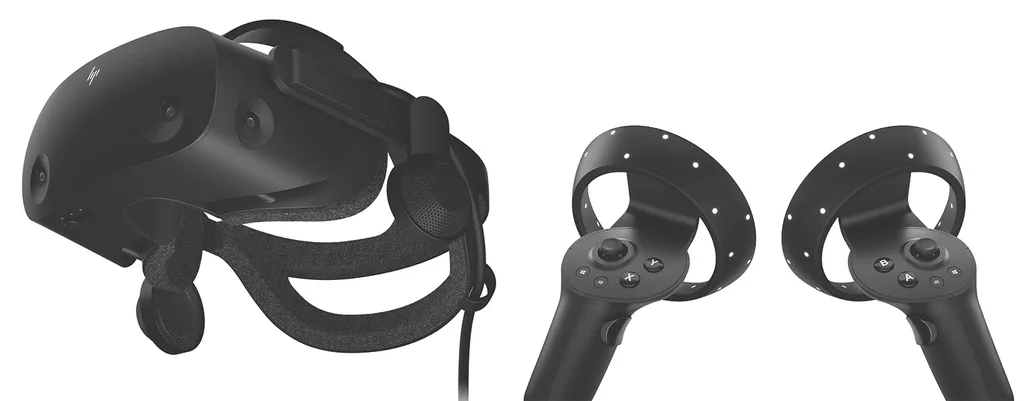Prolific Microsoft leaker WalkingCat just Tweeted what seems to be images of HP & Valve’s upcoming new WMR headset and Microsoft’s new VR controllers.
“WalkingCat” has a long history of accurate Microsoft leaks, revealing some of the company’s products and services in the past.
In late March, just after the release of Half-Life: Alyx, HP announced Reverb G2 – a “next generation” headset for SteamVR being built in collaboration with Valve and Microsoft. Not many details were given at the time other than a dark frontal image, and no further details have been officially given since.
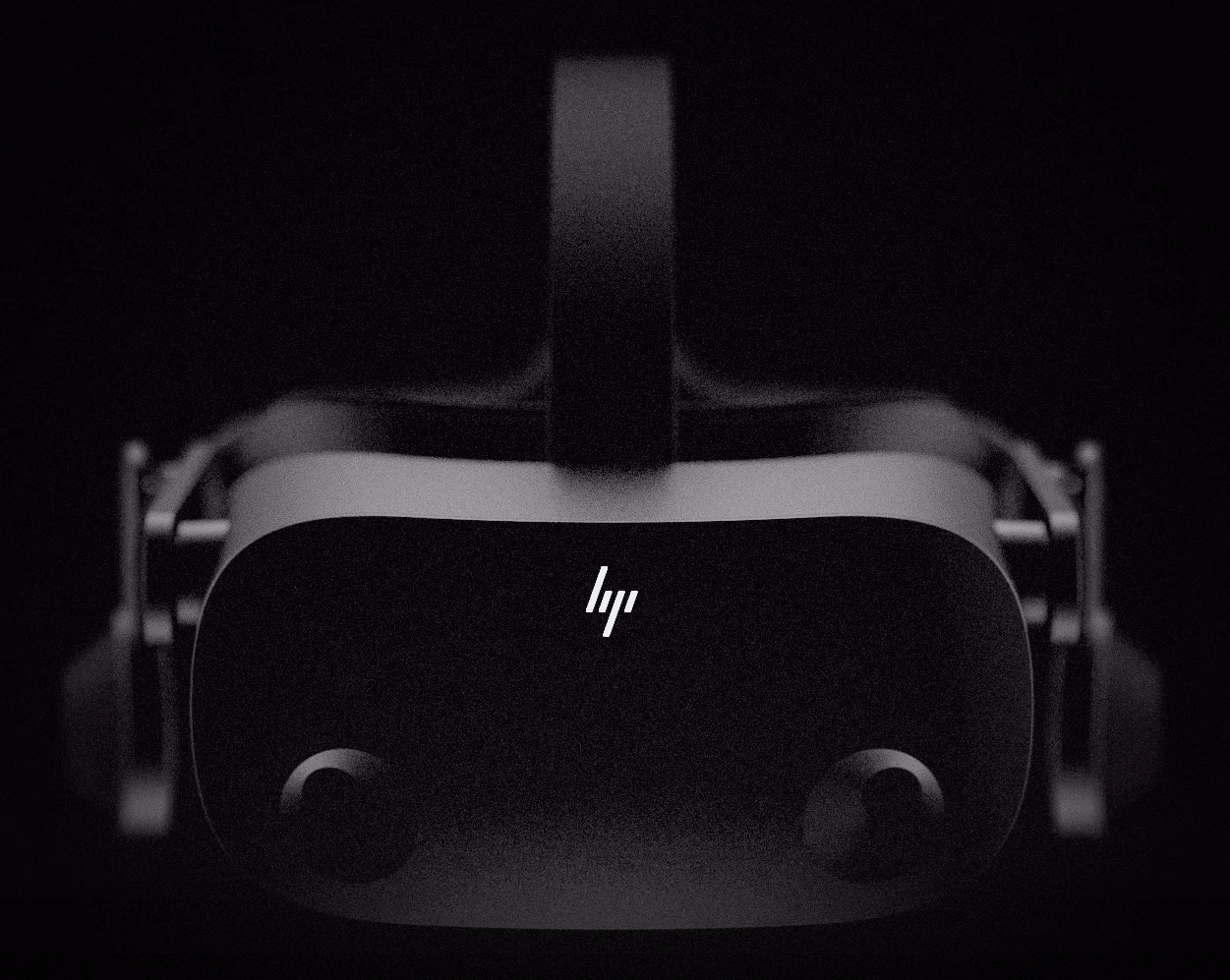
Brightening that image showed what looked like the Valve Index’s near-off-ear speakers. WalkingCat’s image seems to show the same.
But that official image only showed the front, so the side and underside of the headset wasn’t visible.
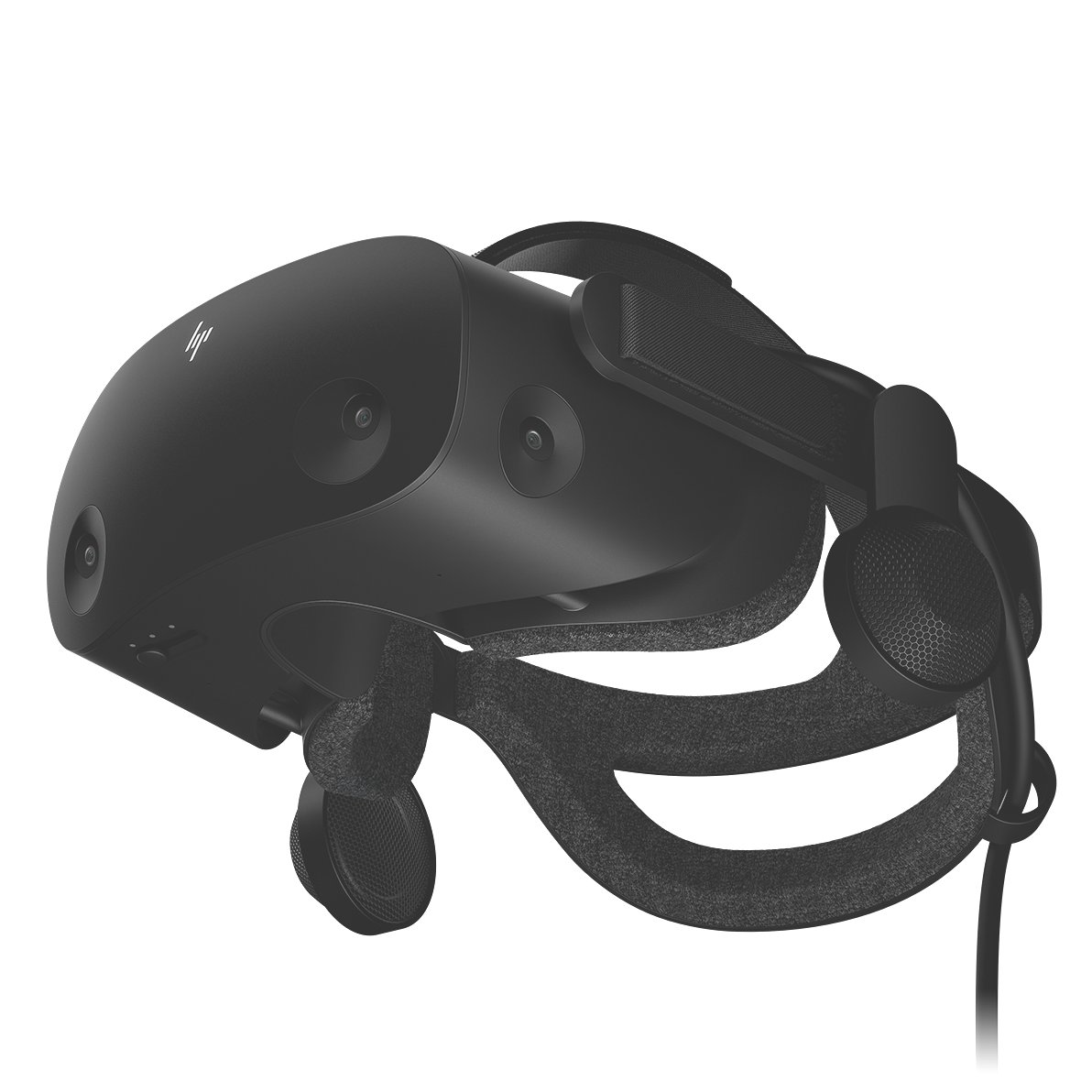
WalkingCat’s photo shows the headset having side cameras and a knob that looks almost identical to the Valve Index’s lens separation adjuster.
In fact, the padding on the front and back of the headset also looks like Index’s. Valve is a partner on this headset, so it would seem like a good idea to reuse these high quality parts.
The apparent next gen Windows MR controllers are shown to ditch the touchpads and change to a more ergonomic design, making them look strikingly similar to Facebook’s Oculus Touch controllers.
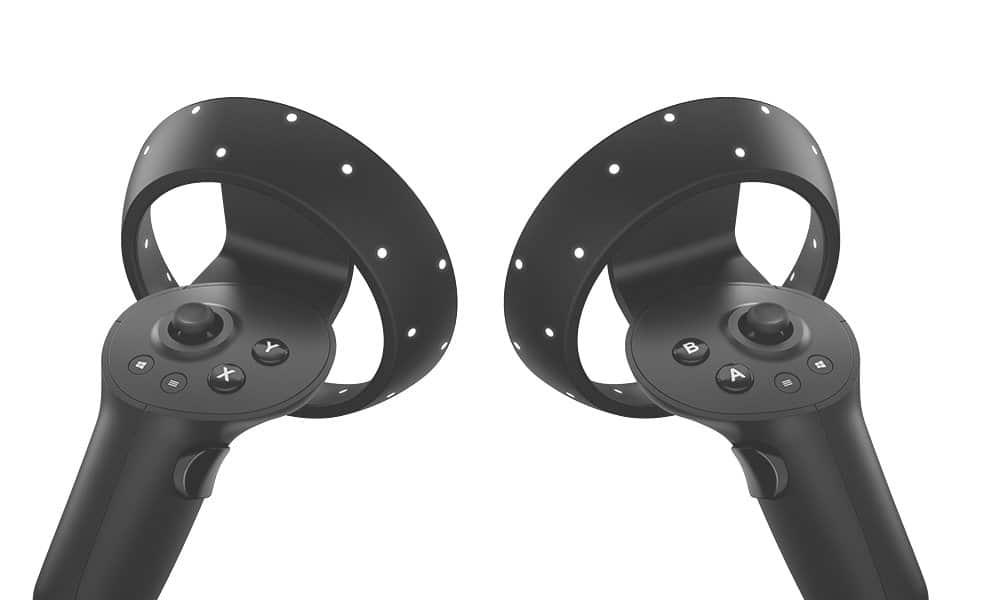
This move would help developers because they could use their existing Oculus control scheme instead of needing a WMR-specific input approach.
Assuming this leak is real and HP prices the headset competitively, this headset could be exactly what the PC VR market needs.
Facebook offers Rift S at $400, but its build quality is low, it lacks lens separation adjustment, and the built in audio is low quality. Valve’s Index offers a wider field of view, higher refresh rate, full lens adjustment, premium audio, and controllers you can let go of- but at $1000 the kit’s appeal is price limited.
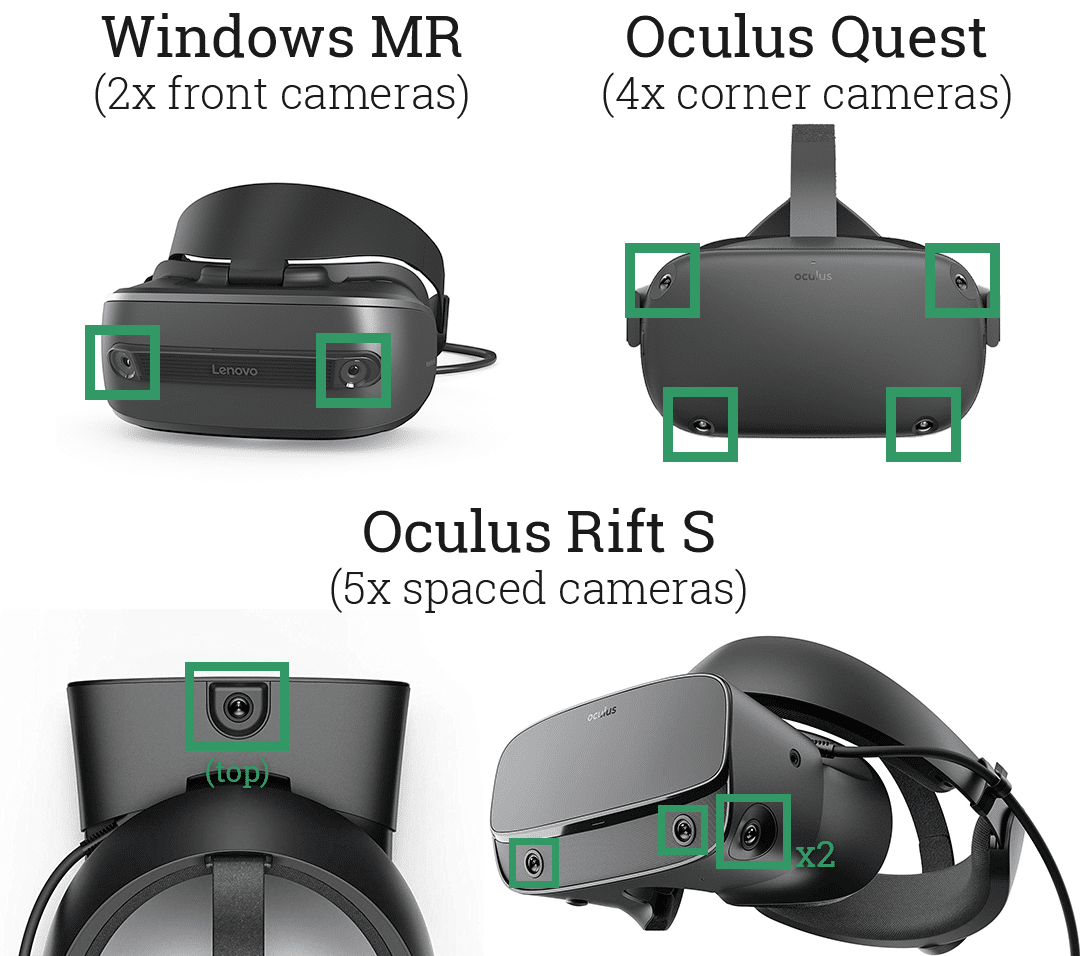
Windows MR headsets like the existing Reverb and Samsung Odyssey+ haven’t seen much market appeal, with the entire platform making up just 8.5% of SteamVR in April. A core criticism has been the use of only two tracking cameras, which limits the range of controller motion possible in games.
The headset shown in this leak could be the “middle ground” headset many PC VR gamers have been waiting for- avoiding the compromises of Rift S but staying affordable by not using SteamVR Tracking.

As with all leaks, take these images with a huge grain of salt. Even if they are real, they may not reflect the current state of the product. We’ll keep a close eye on HP, Microsoft, and Valve in the coming weeks to bring you any official information.

